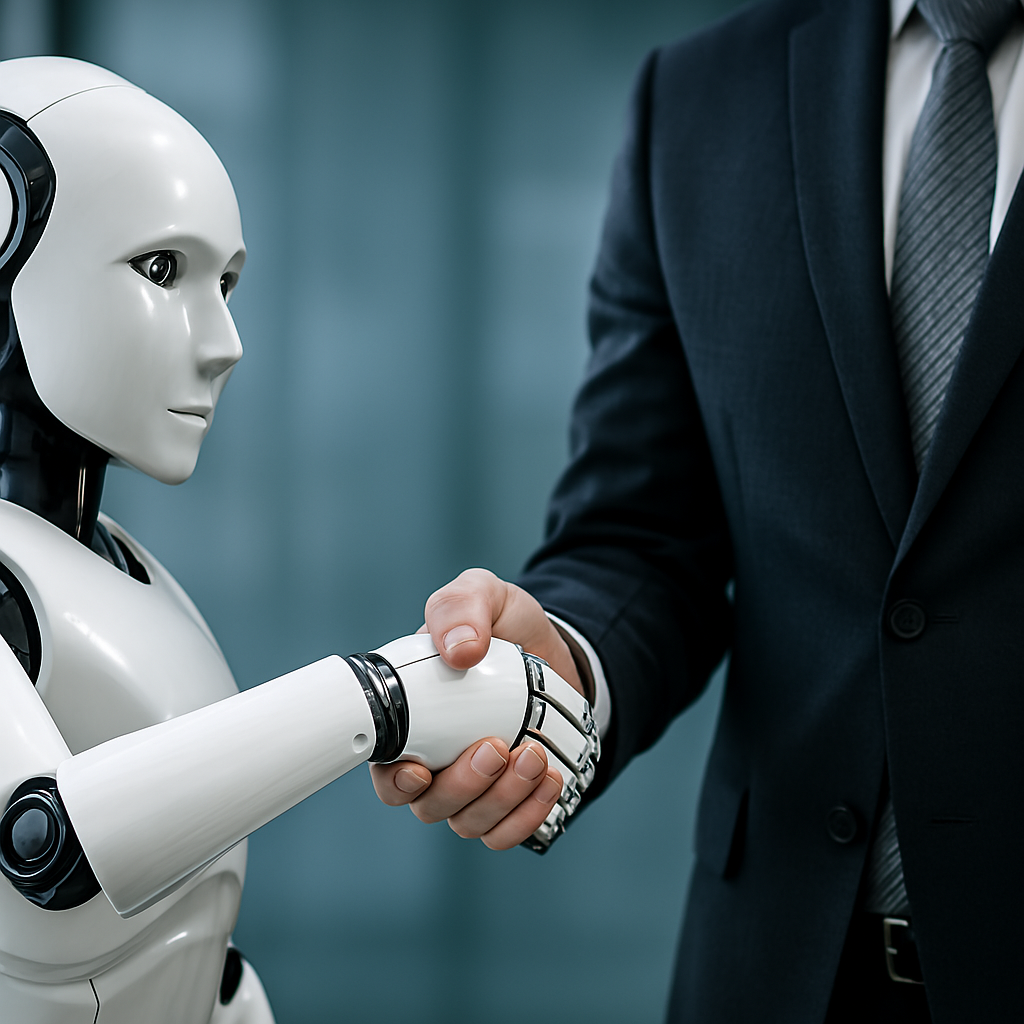why AI solutions are different from traditional programming
Artificial intelligence (AI) is transforming the way we approach problem-solving and automation, but many people still wonder how AI solutions differ from traditional programming. While both involve writing code and designing systems to perform tasks, the underlying principles, methods, and capabilities of AI-based solutions set them apart from conventional programming approaches
1. rule-based vs. learning-based approaches
Traditional programming follows a rule-based approach, where a developer explicitly writes code that dictates every step the system must follow. The logic is predefined, meaning that if an unexpected scenario arises, the program may fail or require modifications.
In contrast, AI-based solutions—particularly machine learning (ML)—use a learning-based approach. Instead of being explicitly programmed for every scenario, AI models are trained on data and learn to recognize patterns, make predictions, and adapt over time. This allows AI to handle complex, dynamic environments where pre-defined rules would be impractical.
2. handling unstructured data
Traditional programming is best suited for structured data, where inputs and outputs are clearly defined. For example, a payroll system calculates salaries based on fixed rules such as hours worked and pay rates.
AI solutions, however, excel at processing unstructured data such as images, speech, and text. Machine learning models can analyze vast amounts of data, extract meaning, and generate insights—enabling applications like facial recognition, language translation, and fraud detection.
3. flexibility and adaptability
A traditional program requires updates whenever new rules or conditions emerge. This can be time-consuming and costly, especially in rapidly evolving industries.
AI models, on the other hand, continuously improve as they are exposed to more data. For example, an AI-powered chatbot becomes better at responding to customer queries over time without requiring manual updates to every possible response.
4. predictive capabilities
Traditional programming excels at executing predefined operations but lacks predictive capabilities. For example, a weather forecasting system written in traditional code would rely on static formulas and assumptions.
AI-based solutions, however, can predict future outcomes based on historical data. AI-driven weather models analyze patterns and improve over time, leading to more accurate forecasts.
5. human-like decision making
Traditional programs operate on strict logic and rules, making them well-suited for repetitive and well-defined tasks. However, they struggle with decision-making in uncertain environments.
AI solutions, especially those using deep learning and neural networks, can simulate human-like reasoning. They can weigh probabilities, make judgments, and even generate creative solutions—such as AI-powered recommendation engines used by Netflix and Amazon.
6. debugging and maintenance
Debugging traditional code is often straightforward since programmers can trace errors back to specific lines of code.
AI systems, however, operate like “black boxes,” making it challenging to interpret why a model made a specific decision. Explainable AI (XAI) techniques are being developed to improve transparency, but AI solutions still require different debugging and monitoring strategies.
conclusion
AI solutions differ from traditional programming in fundamental ways, offering more adaptability, predictive power, and the ability to handle unstructured data. While traditional programming remains crucial for many applications, AI expands what’s possible by allowing machines to learn and evolve. As businesses and industries increasingly adopt AI-driven technologies, understanding these differences becomes essential for making informed decisions about technology adoption.

🔗 related thought from theVoiceOfAI
To complement this blog post, I shared a YouTube Community post reflecting on how businesses are still framing AI like traditional software:
AI in Business: Are You Treating It Like Software—or Letting It Think?
1️⃣ Are you using AI to follow instructions—or to find better ones?
2️⃣ Is your AI boxed in by tasks—or set free by goals?
3️⃣ Are you building systems—or intelligence?
It’s a quick, punchy take on the deeper mindset shift required to truly integrate AI—not just as a tool, but as a thinking partner in your business.
